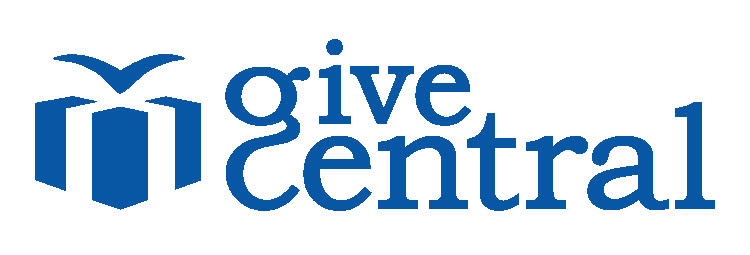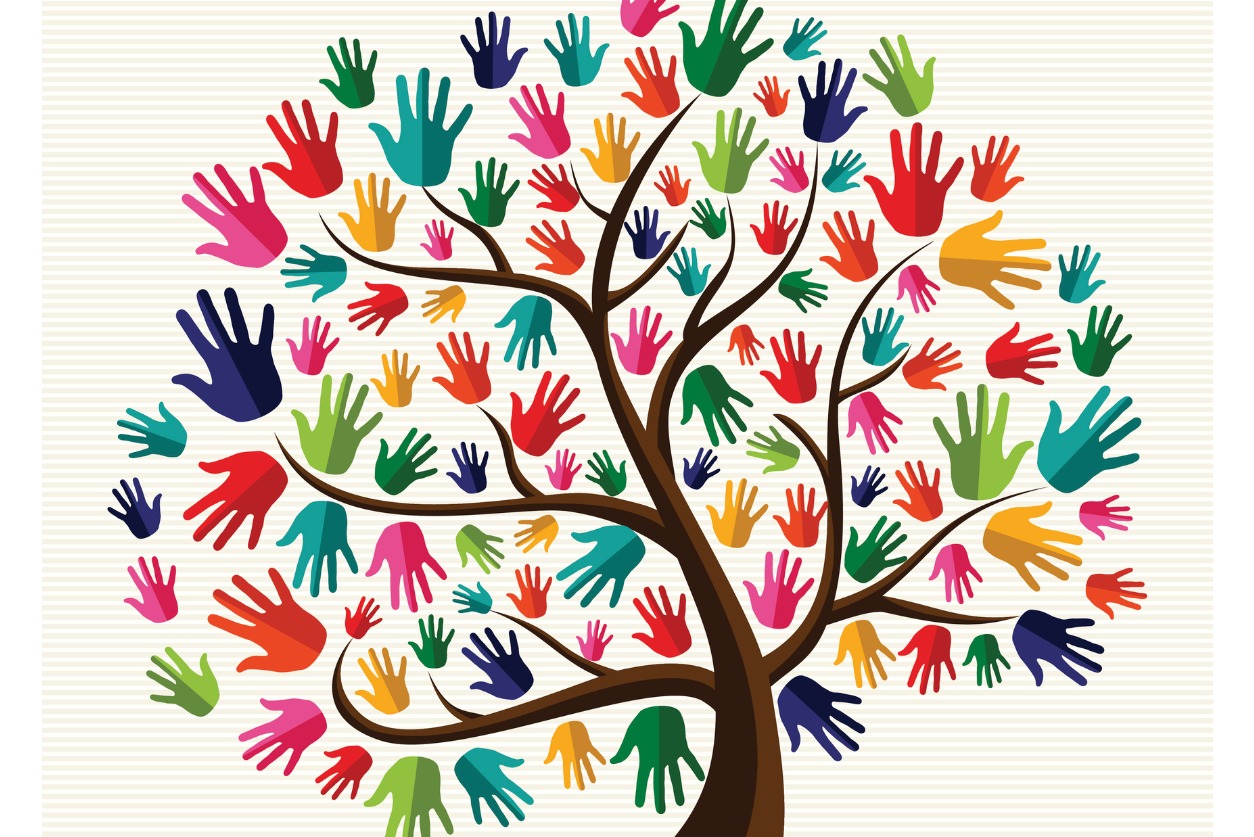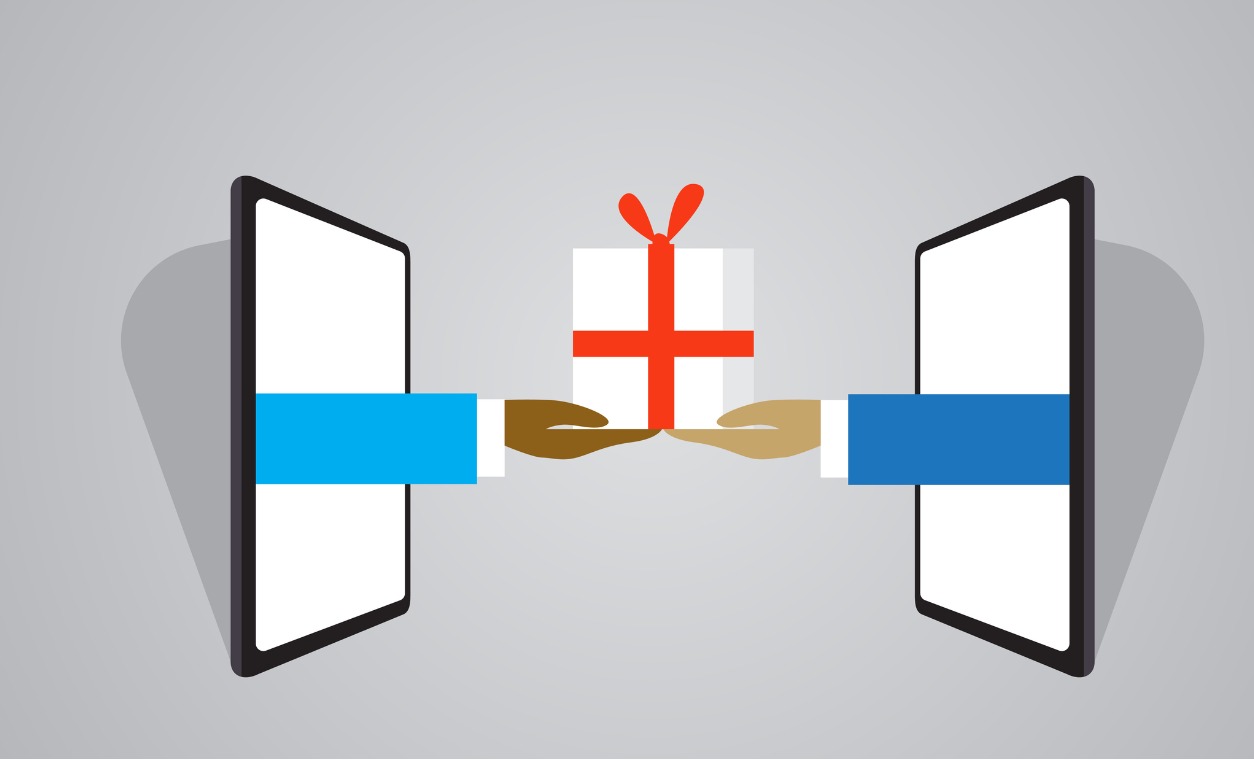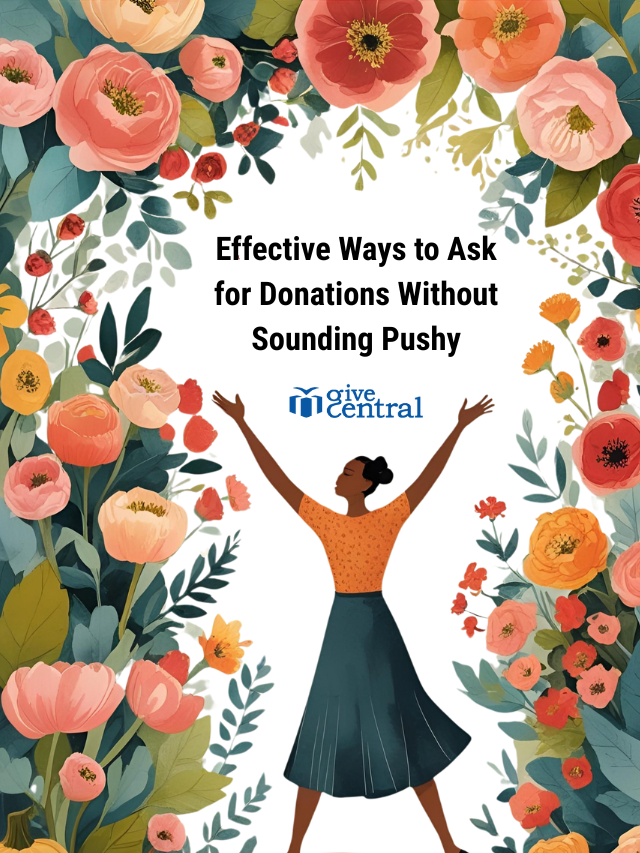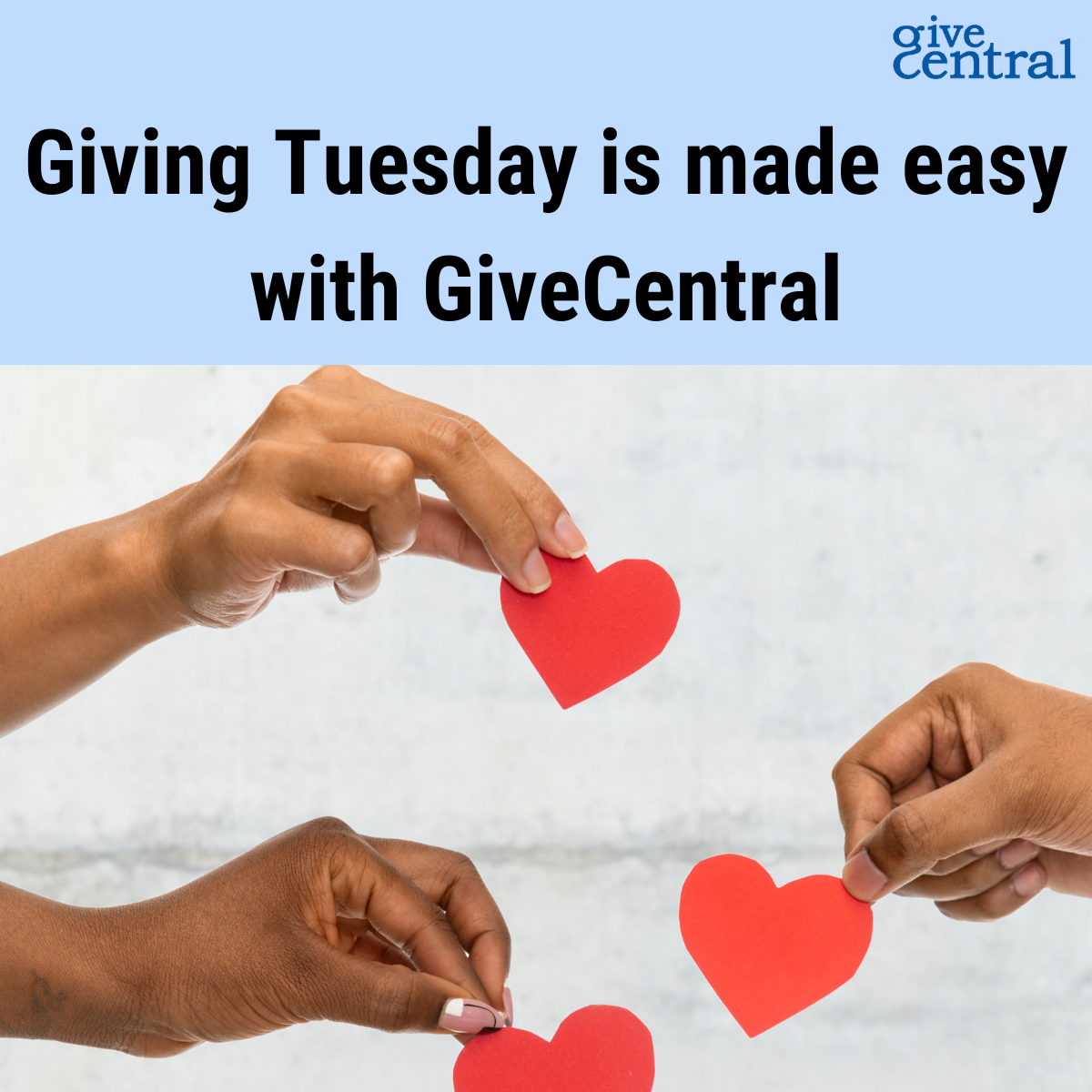As the development director at a “small but mighty” nonprofit, Heather Yandow was interested in data to back up her fundraising plan.But while she was looking at reports and surveys to compare her organization to, she realized that the data from many reports like GivingUSA just surveyed the big guys… where the smallest organization they surveyed had a budget of $5 million.
Now, if your budget is only 10% of that and you’ve got just one part-timer working on multiple fundraising projects at once, how can you compare your success?Realizing that research and information directed toward smaller nonprofits just didn’t exist, her studio later initiated a survey that would become the Individual Donor Benchmark Report (IDBR), answering questions similar to those she’d had herself.
Now in its third year, the IDBR has become a reliable resource for smaller nonprofits (meaning those with a budget under $2 million), giving you the data you need to compare yourself to organizations with similar resources as you have. With the kinds of data contained in the IBDR, you can really see where you’re doing well and where you have opportunities for growth.
We Hold These Truths
With the data collected over the past few years, the IDBR has found some universal truths that have carried over from year to year. First, the single most important thing you can do as a small nonprofit is to make a plan. The single thing that really mattered, through all the data, was whether an organization has a fundraising plan. The plan is what ties everything together, makes the data correlate, and shows you just where your money comes from… or where it could be coming from.The second universal truth demonstrated by the IDBR is that there is a HUGE opportunity in online giving. Organizations with new online giving programs have the potential for massive, almost exponential fundraising growth, and even established programs saw 25% growth from 2013 to 2014. Online giving is one more channel through which your donors can give, and you’re missing out on that stream entirely if you’re not ready to maximize online gifts.
Choose Your Own Adventure
Understanding very well how much a difference in budget can affect a nonprofit’s fundraising ability, the IDBR offers benchmarks for organizations with varying amounts of revenue. Compare your own organization, at a glance, to small (under $200K), medium (up to $499,999), large (up to $999.999), and super (up to $2 million) organizations, with a nice “average” category included for good measure. For example, the average nonprofit raises 36% of their revenue from individual donors, but the various categories range from 25% to 57%.You can compare your numbers by total dollars raised, number of gifts, and even break things down by the issue your nonprofit seeks to address. Be reassured, though… every size of organization saw double-digit percentages in revenue growth between 2013 and 2014!The IDBR also looks at fundraising strategies and challenges, including a Fundraiser’s Wish List. Unsurprisingly, the top wish was “more help for fundraising activities,” and the number 2 item was a wish for more time to spend with donors.
It’s All in the Plan
The data expert at Third Space Studio collected the survey results from 87 different nonprofits and found that the ONLY thing that really matters is whether your organization has a fundraising plan. Everything else, no matter how well-intended, was “no better than a crap shoot” without a plan. And who wants to shoot crap, anyway?Two-thirds of the organizations polled say they have a fundraising plan, and using it at least “sometimes.” And the difference between the haves and the have-nots is significant. The IDBR found that there’s no correlation between staff time and revenue, or fundraiser salary and revenue, or number of donor meetings and revenue… unless you have a plan.
It’s that plan that is key to your fundraising. The survey results show that “for every $1 more you pay your primary individual donor fundraiser, you are able to rase another $4.25.” So all you need is a plan to recoup that expense more than fourfold? Yes, please!With a plan, you can expect a full-time individual donor fundraiser to bring in about $280,000. With a plan, individual donor meetings can yield over $5,000 in increased donor revenue. With a plan, you are simply able to raise more money. So what are you waiting for? Get planning!There’s so much more in the IDBR that it might be overwhelming to try to sum up in one blog post. Check back here soon for more info on recurring giving, online giving, technology, communication, and even the people who make it all happen, or visit Third Space Studio to download your own copy of the Individual Donor Benchmark Report.Happy planning!
donations online easy giving fundraising events Heather Yandow Individual Donor Benchmark Report
Last modified: December 29, 2015
